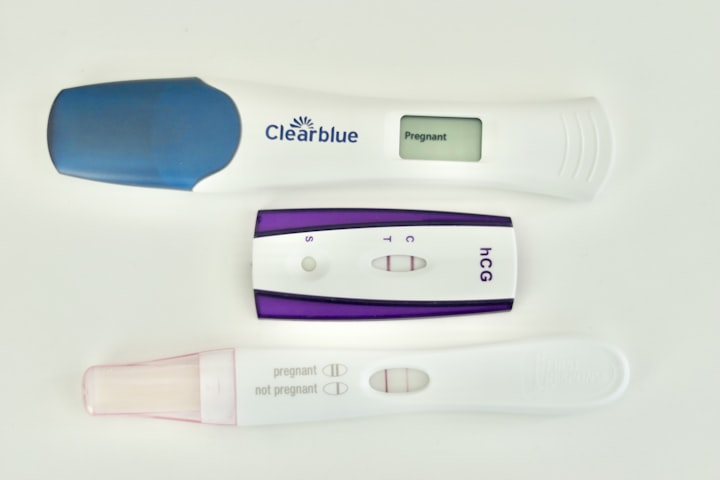
Company managers generally view equity capital as cost free. Theoretically, you do not have to pay the capital back, so it’s free, particularly if your company does not intend to pay dividends that year. From a stockholder’s viewpoint, however, the outlook is different. Every dollar of earnings retained in the firm is a dollar denied to the stockholders. In a sense, it is a “hidden” cost for stockholders, almost akin to a new investment in the firm. The reason that stockholders maintain their investment is the promise of future dividends and/or capital appreciation (that is, an increase in share prices). Since both dividends and share price improvement depend on future earnings per share, it is the most important factor in determining your equity costs.
The easiest way to calculate your equity costs is to use the inverse of the widely used price/ earnings ratio as a measure. If you have a firm idea of the value of your common stock, you can easily work out your own price/earnings ratio. If not, you can use the P/E multiple of a similar publicly traded company as a guide. Once you have obtained an appropriate price/earnings multiple for your firm, merely divide the numeral 1 by that multiple to find your capital cost.
Illustration: You expect your firm to earn $1.75 per share this year. Your company’s common stock is currently selling for $20. Thus, your price/earnings multiple is 11.4 ($20 ÷ $1.75). In other words, you need $1 in earnings to raise $11.40 in capital, a cost rate of 8.8 percent (1 ÷ 11.4).
Alternatively, you find that similar publicly traded companies are selling at P/E multiples ranging from 7.5 to 8.5. Taking the median, you determine that, for each $1 of earnings, you can raise $8 in new equity capital. Thus, the equity cost rate becomes 12.5 percent (1 ÷ 8).
➤ Observation: When discussing equity capital, almost everyone thinks strictly in terms of common stock. Technically, that’s not true. Preferred stock is also equity capital but with a difference. It is permanent capital, but it bears a fixed dividend rate, much like a bond. If your company has preferred stock outstanding, you should by all means determine its cost. Since most straight preferred issues sell on a yield (or interest-rate) basis, the best way to calculate your cost is to find a publicly traded preferred issue similar to your own.
Illustration: If your company has a 5 percent preferred issue outstanding with a $100 par value, you might note that a similar issue, General Motors preferred, paying a $5 dividend, is selling at about $48, providing a yield of 10.4 percent. The yield becomes your capital cost because that is the rate you would have to pay to raise additional funds via the preferred-stock route.
Ways to Measure Your Expected Return
Once you have established the probable cost of your anticipated capital investment, you will need a meaningful measure of the productivity of that capital so that you can realistically decide on the project’s worth. For many firms, the cost of capital becomes, in effect, the hurdle rate—the rate that any new project must earn to qualify for approval.
At the outset, you should recognize that all methods of calculating the anticipated return of a capital investment require a peek into the future. Thus, no matter how sophisticated they may be, they are certain to be faulty to some degree. Because of this, many companies seek to improve the odds in their favor by using more than one method of calculating the expected return. Then if the proposed project fails to measure up on more than one scale, management can discard it.
There are three commonly used methods of evaluating capital investment projects, each with its own strengths and weaknesses and a number of variations. There is no right or wrong method. The proper method for you is the one that best fits your needs.
The Payback Method
The payback method is the oldest, most common technique of evaluating capital expenditures. Today, however, it is almost always used in conjunction with one of the more sophisticated methods of capital investment evaluation.
This straightforward calculation is:
Original net investment ÷ Annual earnings after tax = Depreciation = Payback period
The calculation technique used in the payback method is a model of simplicity. The capital to be invested in the project, plus costs, is measured against probable cash flow from the investment. From this measurement, the amount of time needed to break even, or the payback period, is calculated.
Illustration: Let’s say the ABC Company purchases a new machine for $70,000 that will require another $40,000 in installation and training costs. Thus, its total capital investment is $110,000. The company also expects this new machine to improve its cash flow at the rate of $25,000 per year. You would calculate the payback period as follows:
Capital investment
= $110,000
= 4.4 years
Additional cash flow per year $25,000
Unfortunately, it is a rare capital investment that throws off equal amounts of cash flow each year. Normally, the amounts will vary each year, as business conditions change. More likely, the cash flow from the investment described above will look like this:
60 / Business Management Daily
Year
1 2 3 4 5
Annual cash flow ($000) $30 $20 $25 $25 $30
Cumulative cash flow ($000) $30 $50 $75 $100 $130
Because the capital investment will have generated total cash flow of $100,000 after the fourth year, and $130,000 after the fifth, we know that the payback period lies somewhere between four and five years.
To find out exactly when, merely divide the amount not yet paid back at the end of the fourth year by the amount of cash flow projected for the fifth year. In this case, it is:
Capital shortfall at end of Year 4 =
$10,000
= 0.3 years
Cash flow projected for Year 5 $30,000
Thus, the total payback period for this particular investment becomes 4.3 years, somewhat shorter than the payback period for the project when equal cash flow is assumed.
There are good and valid reasons for the enduring popularity of the payback evaluation method, even though now it is usually used in conjunction with other forms of measurement. The most important reasons are:
● Simplicity. The payback method is easy to calculate and just as easy to understand.
● Good risk indication. The payback method gives you a sound assessment of your risk. The longer the payback period, the greater the risk.
There are definite disadvantages to the payback system, which, in some cases, outweigh the advantages. Here are a few:
● No profit measurement. The payback method measures the ability of the project to recoup your investment. It says nothing about profit. Thus, it is difficult to strike a comparison with other investments.
● No rate of return. Payback analysis takes you only to the date when your investment is returned. Thus, no true rate of return is ascertainable because a rate of return would consider total cash flow over the project’s life.
● No consideration of money’s time value. The payback method gives the same value to cash flow to be received, say, five years from now, as cash received today. In a period of high interest rates, this can be a serious drawback.
Over the years, a number of variations of the payback method have cropped up, primarily as a result of attempts to adapt the payback method to the need for more precise data. Although these variations can help, they seldom represent the whole answer.
The discounted payback method is an attempt to wed the payback method to the discounted cash flow concept (see below), which gives recognition to the time value of money. You apply a discount factor that will allow the discounted cash flow to reach zero, or close to it, over a somewhat longer period than would normally be used. This method is not fully satisfactory because it uses an arbitrary discount rate. Ideally, the discount rate should represent some sort of corporate objective, such as capital costs, rate of return and average industry return.
The reciprocal payback technique merely reverses the method of calculating the payback period in order to give an approximate return on investment rate. For instance, the approximate return on investment for our previous example would look like this:
$25,000
$110,000
= 22.7%
Keep in mind, however, that this is, at best, an approximation. Moreover, it should not be used if cash flows vary from year to year.






Comments
There are no comments for this story
Be the first to respond and start the conversation.